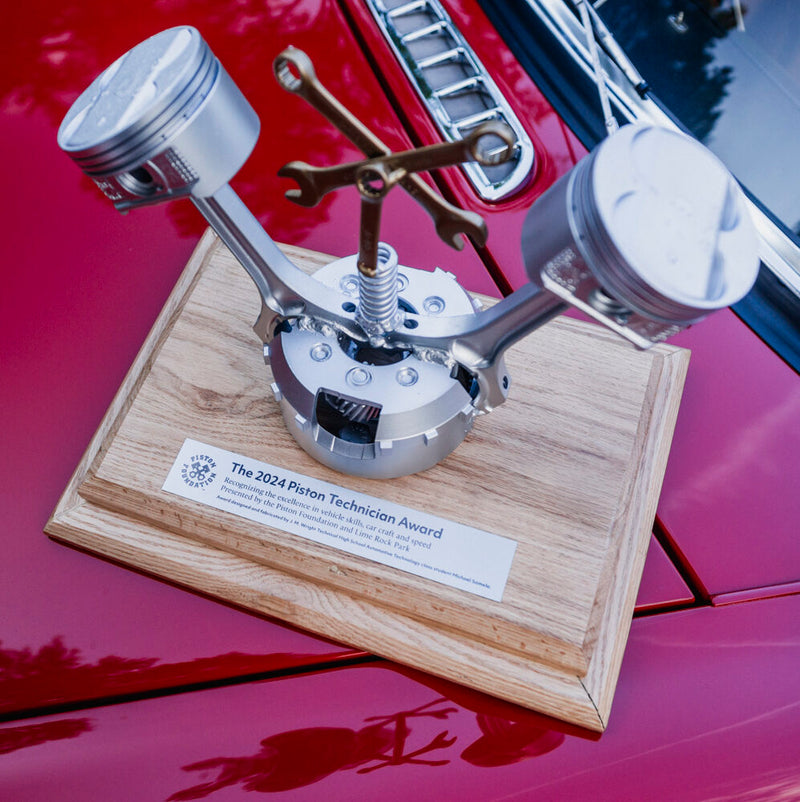Photos Courtesy of Auctions America & Russo and Steele
Results from the first two major classic car auction venues of the year are in, and on the surface, they’re less than impressive. We reported that the events in Scottsdale, Arizona showed a pullback of about 15% from 2015; the recently-concluded auctions in Paris, France centred around Rétromobile showed a similar shrink in prices and bidder activity.
Admittedly a tiny piece of the overall picture, these huge auctions can be interesting barometers for which direction the classic car market is going in.
Superficially, it’s not necessarily important why a lot is being offered—just that once the papers are signed, it’s the auction company’s job to get the best possible price for that car. They’ll get a cut, you’ll (hopefully) make bank, and everyone goes home happy. If auction companies do their job, they’ll attract and cultivate an appropriate group of buyers to appear at each of its sales—and, of course, be ready to accept impulsive celebrity bids.
Attracting a few hundred people to a beautiful venue (and beaming the show to many more at home) requires marketing and PR teams to place ads in magazines, reach out to local TV reporters, and sometimes drive Peel P50s through their offices. Hell, just getting the cars to a venue is a chore—there are photo shoots, catalogue descriptions, ageing mechanical components, and a healthy dose of international red tape.
I say all this because when the hammer drops on a particular vehicle, it’s the culmination of months of work and effort. Why do all this to sell cars that—like million-dollar Ferraris—should be able to sell themselves?
Because auction companies want to offer the best vehicles. They want to be a flag in a history file. They want the world to appreciate classic vehicles—and they’ll happily make money doing it.
The sheer volume of vehicles offered (and the confidential details of each deal) gives auction companies companies with valuable insight as to what might be the next “hot” car—so they can attract and offer the best examples before their competitors do.
Example? The Toyota 2000GT first cracked $1 million Usd. only three years ago, and they’re now known colloquially as “million-dollar” cars. As Jason Torchinsky noted in 2013, six years ago they were less than $400,000 cars. What’s a Toyota 2000GT really worth? I don’t know—ask an owner to sell you one and find out. Or ask the owners of the other Japanese classics, like Nissan “Hakosuka” GT-Rs, 240Zs, and Mazda Cosmos how much their car has appreciated over the last few years.
All of this is to say that with some money, consideration, time, and a bit of paperwork, getting your dream car is still within reach. It’s just different these days. You’re now able to equip yourself with a huge amount of valuation information through tools like Patina’s recently-launched price trends feature and Hagerty’s detailed tools. You’re able to join owner’s forums, ask questions, and figure out which cars might be right for you. Studying auction descriptions and visiting previews is a great way to quickly learn more about a particular make and model—and why one example is worth more than another.
As a whole, the market is correcting itself thousands of times each day based on what people want. If the car you want is down the street, walk over and make an offer. If the one you want is selling under the hammer of an auctioneer, practice your best arm raise.
If it doesn’t sell to the highest bidder, at least you know it’s for sale, right? Buy tastefully…




















































